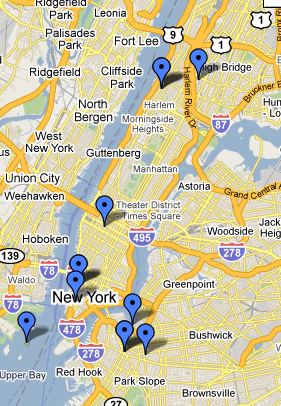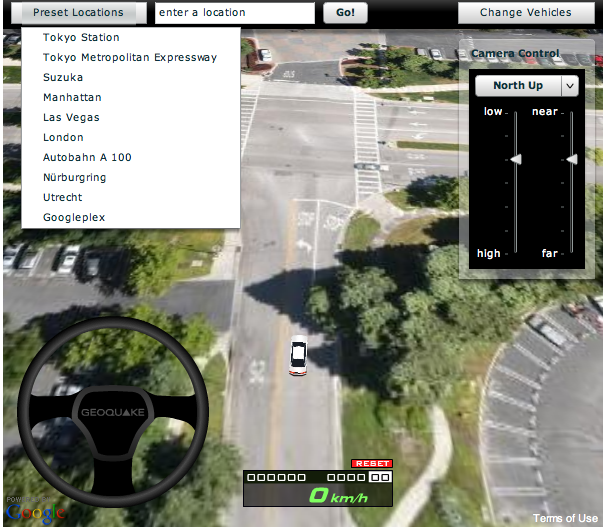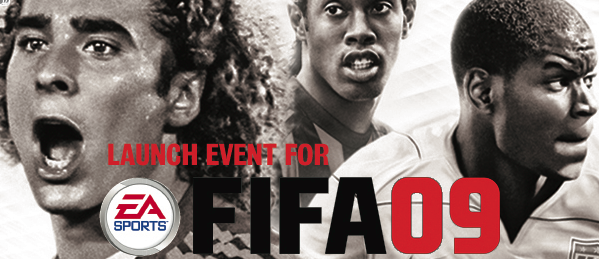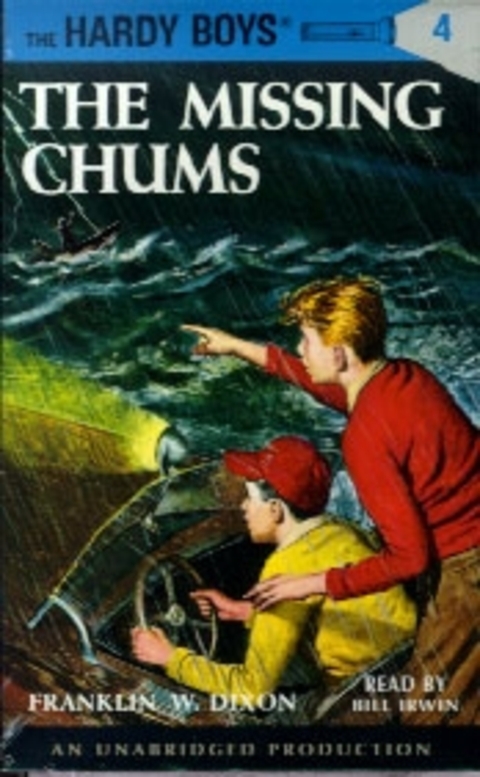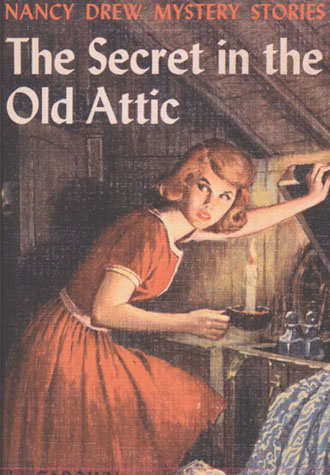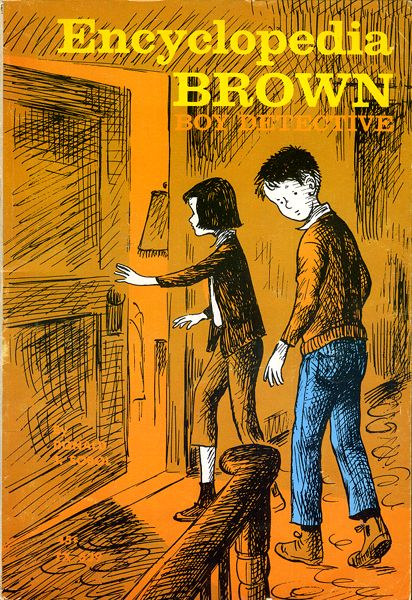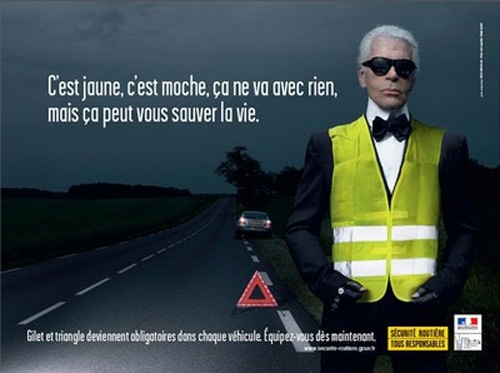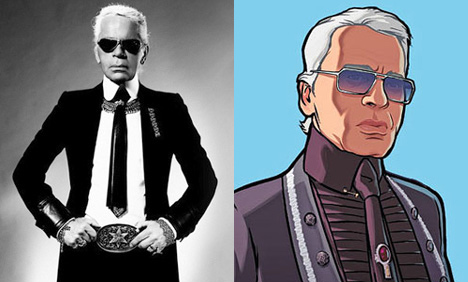
A transmedia story unfolds across multiple media platforms with each new text making a distinctive and valuable contribution to the whole.
-Henry Jenkins
I saw the below vid last week and can’t get it off my mind cause it portends where transmedia planning could go. There is still so much space that narrative has not yet intersected with our everyday life. People’s Court and Quiz Shows were the 1st step, Real World and Survivor was the 2nd and now the space of ARGs is slowing beginning the 3rd, one which blurs the genres of narrative/gameshow/reality.
oUrmOW3mw2c
At Desedo we’ve penned a single-camera narrative series through which to explore this framework, below are some notes from our whiteboard, would welcome feedback (perpetual beta, of course).
Fall Down, Walk Up
Alex Tyler, a 33-year-old law grad who never passed the bar, has spent the last eight years job-hopping and playing second fiddle to her Wall Street husband. To date it’s been a posh but empty life. When her marriage implodes, Alex winds up broke, humiliated and living in a seedy midtown apt. Now at the bottom of the NYC food chain, she stumbles her way back up working in the billion-dollar maze of Manhattan real estate.
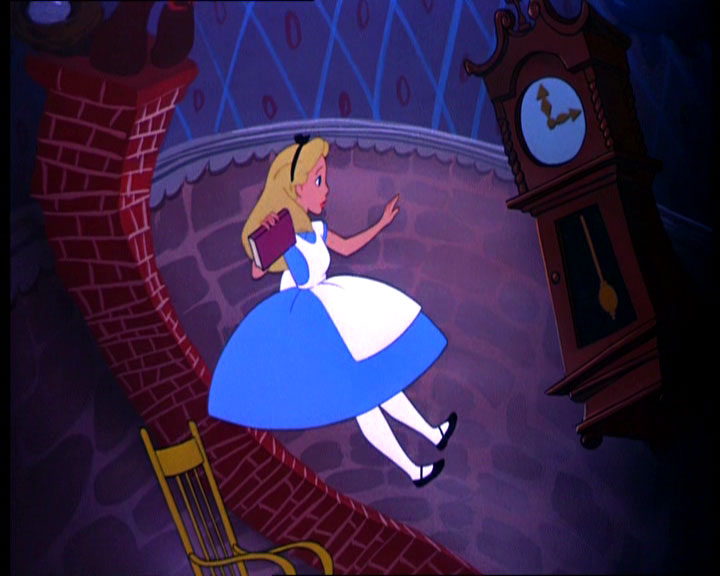
How far could this go? What if Lost‘s Hanso Foundation actually existed? Or you could hire the law firm from Boston Legal? Or buy property from the Fall Down, Walk Up real estate brokerage?
Alex Tyler’s brand association with real estate would not just be a form of product placement – the actress playing her would either be integrated into the fabric of an actual company, or we could create a ‘real’ real estate company through which she would host open houses and sell property – off camera, wholly legal (real), yet within narrative (fake).
Once we jump offscreen and into the physical landscape of NYC, Fall Down, Walk Up further enables the casual viewer to interact with narrative. Thanks to Seinfeld, thousands of tourists visit Tom’s Diner on the Upper West Side. Imagine if, as part of Jason Alexander’s contract with NBC, he ate three meals each year at the diner in character as George Costanza. No cameras, just a blurry world in which neither the media nor the fans know what is ‘real’. People would approach him as Jason, yet he would respond as George. Within this territory of incredulity and confusion, once captured and sent via cameraphone/text/ twitter, you would further draw people into the narrative – and the following week George commenting to Jerry about the strange people calling him Jason.
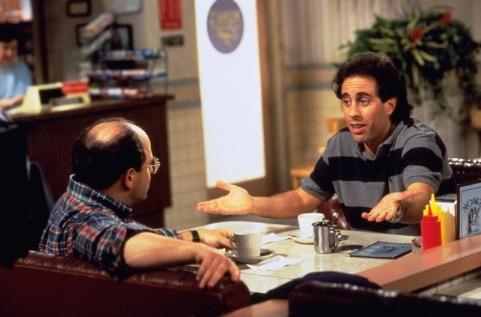
Like Jason Alexander at Tom’s Diner, NYC locations could be populated with characters in ‘reality’ from Fall Down, Walk Up – Alex’s co-workers, her coffee shop, her dog run. The waiter at Nobu on whom she is crushing would also actually work at Nobu. Talent would be hired to remain in character not just on set, but 24/7, and like Lonely Girl, the talent would have to begin as unknowns. Slowly it could create a space in which people can intersect with and potentially influence the narrative.
IMHO, this is a next step, beyond Pimp My Ride, voting on American Idol or spoiling Survivor. Beyond the technical intricacies and legal loops, it ultimately relies upon participation, so is this fertile ground for real fans?
*
It’s a Friday night and Alex Tyler is at her local bar. A young man asks “Aren’t you an actress on that series?” Alex responds with a sly look “No…I sell real estate; but wanna buy me drink?”
—
(HT to Yianni for the vid)


